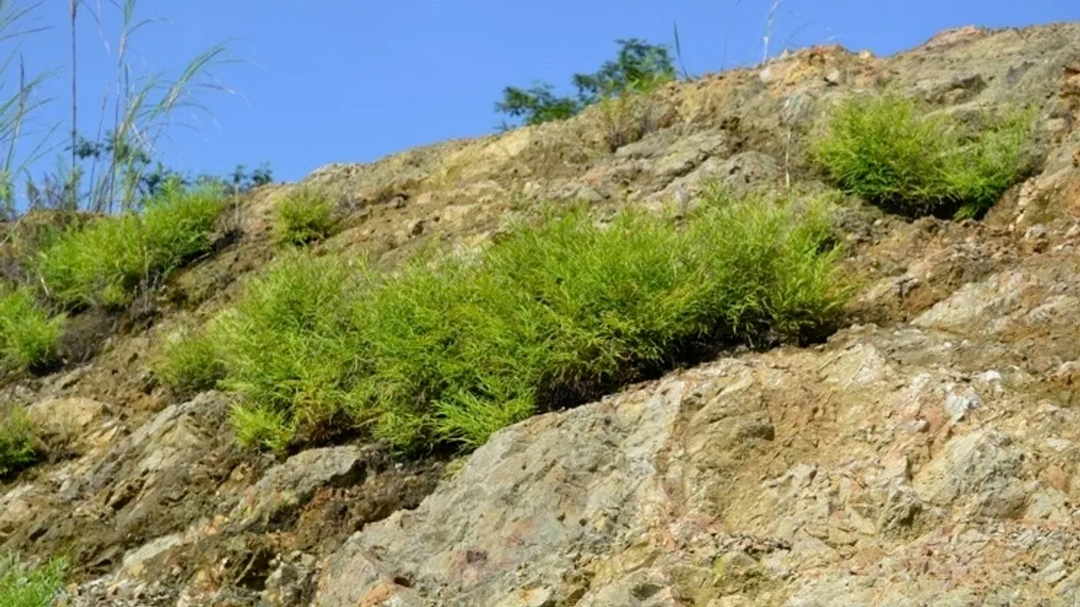Filipino scientists have discovered what might be the next big indigenous plant material for rehabilitating a mining site teeming with copper and arsenic — and it’s a largely ignored local fern.
Published in the peer-reviewed journal Chemosphere, the study by a group of scientists led by Rene Claveria of the Ateneo de Manila University records the unique ability of Pteris melanocaulon to absorb copper in its roots and arsenic in its leaves in large doses.
“It’s not common for ferns to absorb both high concentrates of copper and arsenic,” Claveria, an environmental geology expert, tells Mongabay. “Plants don’t do it simultaneously in large doses. It’s something new.”
The fern was spotted in the mossy areas of an abandoned mining site in the province of Surigao del Norte by the scientists scouring major mining sites across the Philippines to study copper metallophytes under a government-funded research program.
The study of metallophytes, plants that have the ability to thrive on soils with high concentrations of heavy metals that are too toxic for other plant species, has been a growing interest among scholars, particularly for their possible use in phytoremediation, the process of cleaning up mineral-rich soil and groundwater using plants and trees.
“It’s not common for ferns to absorb both high concentrates of copper and arsenic,” Claveria, an environmental geology expert, tells Mongabay. “Plants don’t do it simultaneously in large doses. It’s something new.”
READ MORE AT EcoWatch.com

